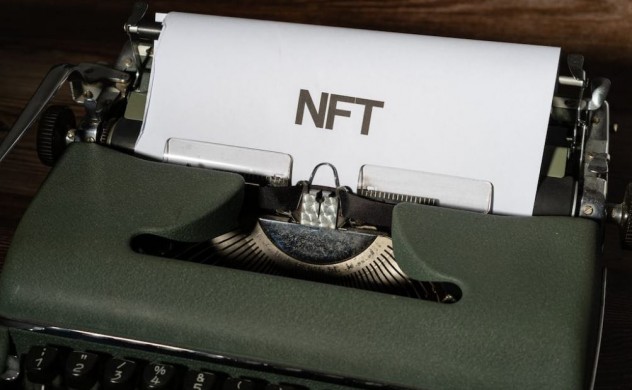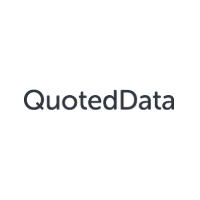Non-fungible tokens are one of the cryptocurrency assets that are growing the fastest (NFTs). In this post, we’ll cover some of the applications of NFTs, explain how to buy and sell them, and discuss future applications.

NFTs are pervasive these days. These digital items, which might include everything from tacos and toilet paper to art and priceless 17th-century Dutch tulips, are occasionally sold for millions of dollars.
What is an NFT?
A digital asset known as an NFT can be anything, including in-game items, movies, and music. They are often encoded using the same software as many other cryptocurrencies, frequently bought and sold online in exchange for other cryptocurrencies.
NFTs have existed since 2014, but their use as a platform for purchasing and selling digital art has recently increased, contributing to their growing popularity. The NFT industry saw astonishing spending of $41 billion in 2021, nearly as much as the entire world market for fine art.
NFTs are frequently one of a kind, or at the very least one of a tiny run, and have distinctive identification codes. NFTs create digital scarcity, according to Arry Yu, Managing Director of Yellow Umbrella Ventures and Chair of the Cascadia Blockchain Council for the Washington Technology Industry Association.
On the other hand, most digital works almost always have an unending supply, which makes this stark contrast. Theoretically, decreasing an asset’s supply should raise its value if it is in demand.
How are NFTs Used?
NFTs are a component of blockchain and a distributed public ledger used to store transactions. You are most familiar with the blockchain as the underlying infrastructure of cryptocurrencies. NFTs are specially kept on the Ethereum blockchain, and they can also be used on other blockchains.
An NFT is “minted” from digital items that represent both physical and abstract objects, such as:
- Graffiti GIFs
- Sports highlights videos
- Collectables
- Video game skins
- Sneakers
- Music and entertainment
According to this Bitsoft 360 AI review, NFTs and blockchain technology provide a rare chance for artists and content producers to monetise their work. For instance, artists are no longer required to sell their work through galleries or auction houses. As an alternative, the artist might present it as an NFT and sell it straight to the customer, keeping a more significant portion of the sale price. Additionally, artists might include royalties in their program to collect a portion of every sale of their works to a new consumer. Because artists make less money after their initial sale, this feature is beneficial.
Best NFT Marketplaces:
OpenSea.io: OpenSea.io, a peer-to-peer platform, calls itself a vendor of “unique digital commodities and artefacts.” Only an account creation is required to start browsing NFT collections. You can also sort the artwork by how many people have purchased it to discover new artists.
Rarible: Artists and creators can issue and sell NFTs on Rarible — a democratic, open marketplace similar to OpenSea. Owners of RARI tokens issued on the platform can voice their opinions on fees and neighbourhood rules.
Foundation: Artists must first receive “upvotes” or invitations from other creators before they may submit their work on these platforms. Due to its exclusivity and high admission cost, the community may exhibit artwork of a higher calibre (artists must pay “gas” to mint NFTs). For example, Chris Torres, the developer of the Nyan Cat, marketed the NFT on the Foundation platform. Additionally, if the demand for NFTs remains the same or even increases over time, it can lead to higher prices, which is okay for artists and collectors trying to make money.
Although thousands of NFT producers and collectors are represented on these websites, do your homework thoroughly before purchasing. Since some platforms have stricter verification standards than others for creators and NFT listings, these procedures vary. For NFT advertising, OpenSea and Rarible do not need owner identification. Considering consumer protections seem inadequate at best, it may be essential to bear the proverb “caveat emptor” when buying NFTs.
Are NFTs worth purchasing?
Arry Yu mentions that “NFTs are risky because their future is uncertain, and we don’t yet have a lot of history to judge their performance. Since NFTs are so new, it may be worth investing small amounts in trying it out.”
But remember that an NFT’s entire value depends on the price at which someone else is willing to purchase it. Demand, not economic, technical, or fundamental facts, which commonly affect stock prices or, at the very least, form the basis of investor demand, will determine the price.
As a result, an NFT might eventually sell for less money than you originally paid. If no one is interested, you might even be unable to sell it. In the same way, capital gains taxes apply to stock sales with a profit, and they also apply to NFTs.
Numerous new applications for blockchain technology are being developed constantly as it gains popularity and upends hundreds, if not thousands, of industries; this includes NFTs. NFTs will play a more significant role in our society in the following years, given that the metaverse is on track for general adoption and that the art sector is currently going through something of a digital rebirth. It would be interesting to see how NFTs address practical difficulties as some big corporations step in and more investment floods in.
Byline: Hannah Parker

 Hot Features
Hot Features











